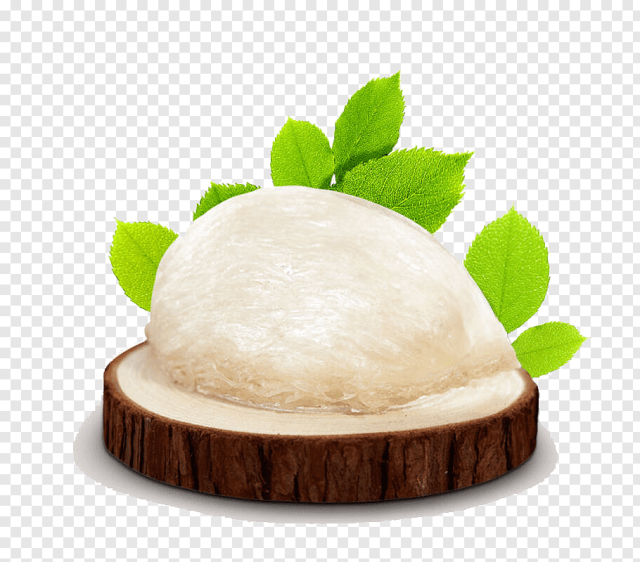Edible bird's nests are bird nests created by edible-nest swiftlets, Indian swiftlets, and other swiftlets using solidified saliva, which are harvested for human consumption. They are particularly prized in Chinese culture due to their rarity, high nutritional value in nutrients such as protein, and rich flavor. Edible bird's nests are among the most expensive animal products consumed by humans, with nests being sold at prices up to about $3,000 per pound , depending on grading. The type or grading of a bird's nest depends on the type of bird as well as the shape and color of the bird's nest. It is usually white in color, but there also exists a red version that is sometimes called "blood" nest. According to traditional Chinese medicine, it promotes good health, especially for the skin. The nests have been used in Chinese cuisine for over 400 years, most often as bird's nest soup.
In addition to their use in soup, edible bird's nests can be used as an ingredient in other dishes. They can be cooked with rice to produce bird's nest congee or bird's nest boiled rice, or they can be added to egg tarts and other desserts. A bird's nest jelly can be made by placing the bird's nest in a ceramic container with minimal water and sugar (or salt) before double steaming.
Bird's nest is usually white in colour, but there also exists a red version, called “blood nest”, which is significantly more expensive and believed to have more medicinal value. In the market, a kilogram of white bird's nest can fetch up to US$2,000, and a kilogram of red nests up to US$10,000.
The reason for the red colour has been a puzzle for centuries. Contrary to popular beliefs, red bird’s nest does not contain haemoglobin, the protein responsible for the red colour in blood.[1] Researcher has reported in 2013 that 'bird soil' containing guano droppings from bird houses were able to turn white edible bird's nests red and the red colour of edible bird's nests is likely caused by the environmental factors in cave interiors and bird houses.

